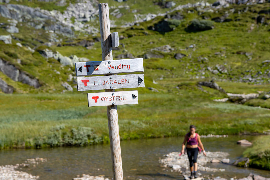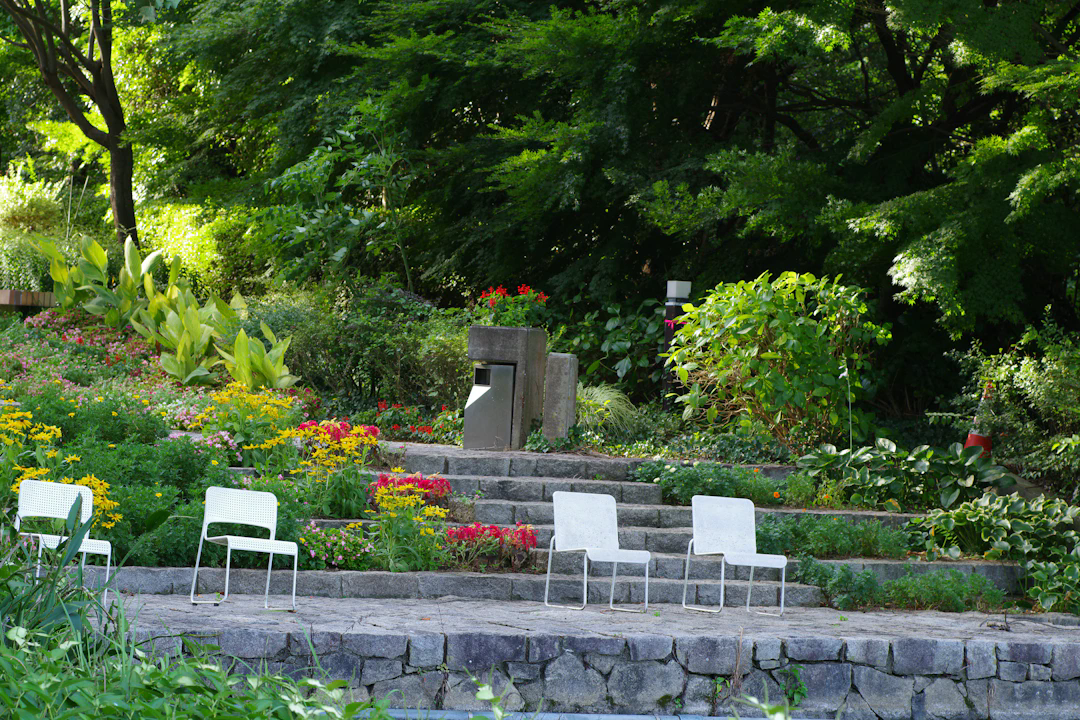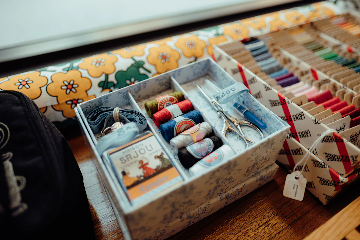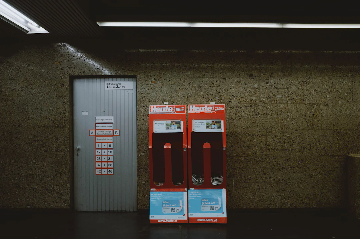Growing your own food in the Pacific Northwest is not just an act of self-reliance—it’s a way to cultivate a deeper connection with nature, even within a city like Seattle. Whether you have a raised bed, patio pots, or just a few sunny windowsills, there’s always room to grow vegetables, herbs, and even some fruits.
Seattle’s mild winters and relatively cool summers create an inviting scenario for gardeners. However, the challenge lies in knowing which crops to plant, and when. Timing is the subtle ingredient that transforms a so-so patch of soil into a thriving edible haven. I like to think of each crop as having its own backstage pass: cool-season vegetables like lettuce and peas take the stage early, while tomatoes and squash wait for their summer debut.
To help you navigate the growing season, I’ve gathered inspiration and guidance from local experts and community resources, including monthly tips and plant care guides. These nuggets of knowledge take a lot of the guesswork out of gardening—a breath of fresh air for beginners and a welcome nudge for more seasoned hands.
If you’ve ever hesitated before sowing that first seed, rest assured: every great vegetable patch begins with a single, often slightly muddy, step.
Seasonal Planting Strategies
The Pacific Northwest essentially has two main growing windows: cool season (spring and early fall) and warm season (late spring through summer). Here’s a simple table to help you match crops to the Seattle rhythm:
| Season | Vegetables |
|---|---|
| Cool Season | Peas, Lettuce, Broccoli, Spinach, Kale, Carrots |
| Warm Season | Tomatoes, Beans, Zucchini, Peppers, Basil, Potatoes |
Don’t forget the beauty of herbs. Basil loves the warmth and benefits from a sunny deck, while chives and parsley are almost stubbornly resilient—perfect for tucking along the edges of beds or in patio pots. Monthly calendars from local nurseries, like Swansons, offer tailored reminders to keep your planting on track all year round.
If you’re like me, you’ll also benefit from having a quick guide for basil care—this flavorful herb needs consistent warmth, regular pinching, and well-draining soil to truly thrive in our rainy climate. Potatoes, another Northwest staple, are surprisingly easy and rewarding: just plant eyes in rich, loose soil, mound them as they grow, and wait for the leafy stems to fade before the harvest.
Growing Food, Building Community
One thing that sets Seattle’s gardeners apart is the sense of community. From plant swap events to lively garden blogs, advice and encouragement flow like the region’s ever-present drizzle. Swansons Nursery, for example, offers not only workshops and a blog brimming with guides, but also a Plant Partner program for discounts, plant-care tips, and invitations to special events.
There’s plenty of opportunity to connect—digitally or in person—whether you’re troubleshooting a bitter batch of greens or celebrating a bumper crop of sun-warmed tomatoes. Many nurseries and garden centers are expanding their offerings with cafés, family activities, and member perks, making it even easier (and tastier) to get involved.
So, if you’re eager to start but uncertain where to dig in, remember this: Every gardener was a beginner once. The Pacific Northwest’s generous growing conditions are matched only by the willingness of fellow growers to lend a hand or share a secret. Your journey from seed to salad bowl is filled with discovery, and the first taste of homegrown food is a reward well-worth the wait.
References:
[1] Swansons Nursery. Guide to Growing Food — Seattle's Favorite Garden Store Since 1924.
https://www.swansonsnursery.com/vegetable-gardening-resources
[2] Swansons Nursery. Seattle's Favorite Garden Store Since 1924.
https://www.swansonsnursery.com/
Read More

Ingrid Felton
Author
Born in a small coastal town in Maine, Ingrid Felton spent her formative years exploring tide pools and sketching sea birds. She earned a degree in marine biology before transitioning to work as a scientific illustrator, blending her love for the ocean with her artistic skills.
In her thirties, Ingrid moved to Seattle, where she balances freelance contracts with volunteering at local environmental organizations. She is known among peers for her detailed watercolors and her advocacy for sustainable marine practices.


